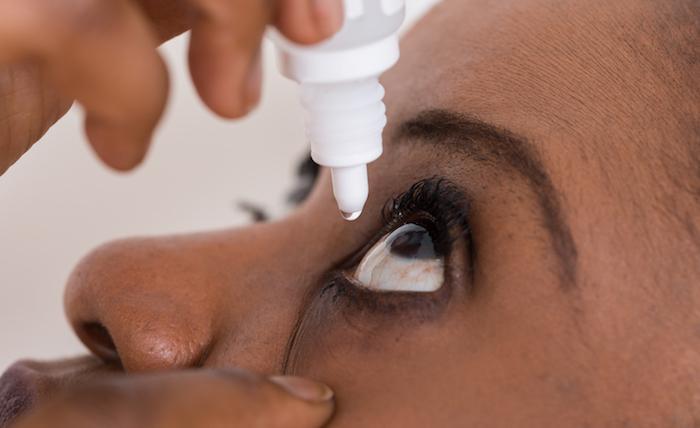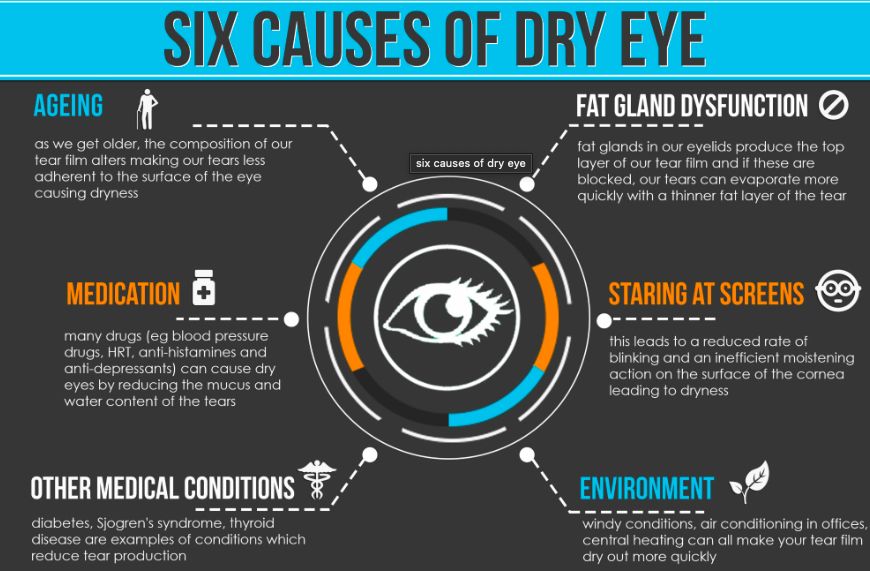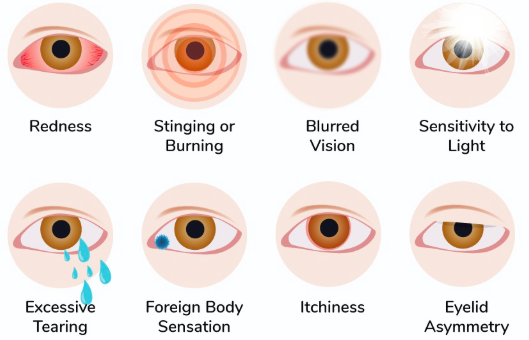


Date: 08 Jul 2025
Dealing with dry eyes can be more than just a nuisance. Whether it’s caused by long hours staring at a screen, environmental factors like dry air, or even age, dry eye syndrome (DES) is a common condition that can lead to irritation, blurred vision, and discomfort. Fortunately, effective treatments can help manage symptoms and restore comfort to your eyes.
If you're tired of constantly rubbing your eyes and seeking a solution, you're in the right place. In this post, we’ll explore how you can manage dry eye syndrome and highlight products from Pharmily that can offer relief.
Dry Eye Syndrome also known as Dry Eye Disease (DED) or Keratoconjunctivitis Sicca is a common condition that occurs when your eyes don’t produce enough tears or when the quality of your tears is poor. This leads to inadequate lubrication of the eyes, resulting in irritation, discomfort, and even vision issues in more severe cases.
Tears aren’t just water they're a complex mix of water, oils, and mucus that help keep the surface of your eyes smooth, clear, and protected from infection. When this delicate balance is disrupted, dry eye symptoms can develop and affect your day-to-day comfort.

Dry Eye can be triggered by a variety of factors, including:

Dry eye symptoms can range from mild to severe and might include:
While dry eyes can be uncomfortable, there are plenty of ways to manage the condition. Hydrating eye drops, warm compresses, and eyelid cleansers can all help ease symptoms. Let's take a look at some products available at Pharmily that can help.
Optrex Brightening Eye Drops are specially formulated to brighten and enhance the appearance of the eyes. These drops help reduce eye redness and fatigue, refresh tired eyes, and provide a revitalizing effect.
Optrex Sore Eye Drops is a specially formulated solution designed to provide instant relief from eye irritation, dryness, and redness. Whether caused by environmental factors, excessive screen time, or exposure to dust and pollutants, these eye drops work quickly to refresh and soothe tired eyes. The gentle, fast-acting formula restores natural moisture, providing long-lasting comfort without causing stinging or discomfort.
Suffering from itchy, red, or watery eyes due to pollen, dust, or pet allergies? Optrex Allergy Eye Drops provide fast-acting and long-lasting relief, helping you stay comfortable throughout the day. The active ingredient, sodium cromoglicate (2% w/v), works by stabilizing mast cells in the eyes, preventing histamine release and stopping allergic reactions before they begin.
Optrex Bloodshot Eye Drops offer fast and effective relief for red, irritated, or dry eyes. Whether it’s from long hours in front of a screen, allergies, or environmental factors, these eye drops provide instant comfort and hydration to restore your eye health. The carefully formulated solution works to reduce redness and soothe irritation, giving you clearer, brighter eyes within moments.
Optrex Refreshing Eye Drops provide fast and effective relief for tired and uncomfortable eyes. Whether caused by screen time, environmental factors, or long hours, these drops instantly hydrate and refresh your eyes, helping you feel more awake and comfortable.
Here are a few lifestyle tips to help prevent or alleviate dry eyes:
If you're experiencing symptoms like dryness, irritation, a burning or stinging sensation, blurred vision, or excessive tearing, you may have dry eye syndrome. It’s always best to consult an eye specialist for a proper diagnosis.
Preventing dry eyes involves avoiding environmental triggers, staying hydrated, taking regular breaks from screen time, and using humidifiers in dry climates. Also, be sure to use quality lubricating eye drops regularly, especially if you're prone to dryness.
For mild to moderate dry eyes, it’s generally recommended to use lubricating drops 2–4 times a day. However, if you’re experiencing severe dryness or discomfort, you may need to use them more often. Always follow the instructions provided with your product.
Yes, lifestyle changes and self-care methods such as using warm compresses, staying hydrated, and using lubricating drops can significantly help manage symptoms. However, if symptoms persist, a visit to your eye doctor for a tailored treatment plan might be necessary.
Lubricating eye drops are generally safe, but some people may experience mild side effects like temporary blurred vision, stinging, or redness. If any irritation persists, discontinue use and consult with an eye care professional.